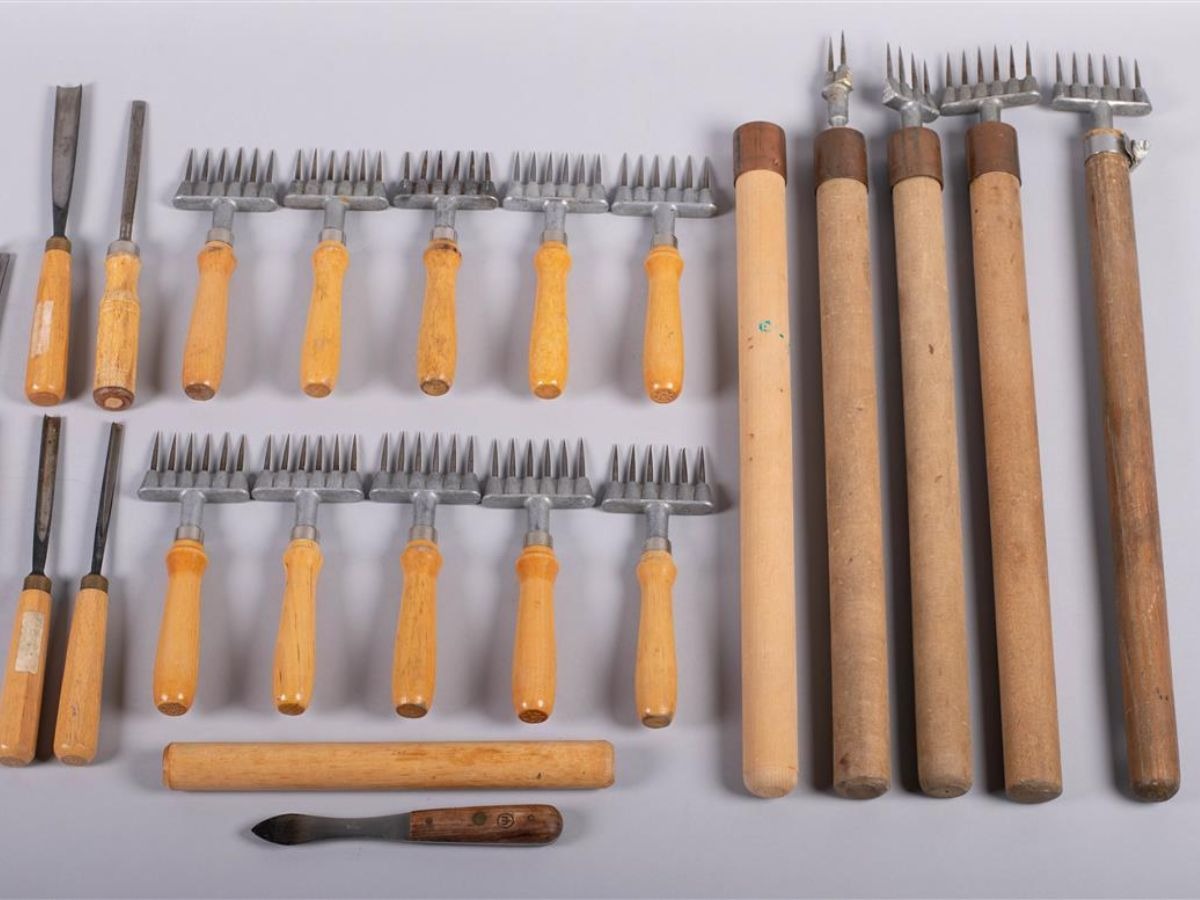Ice sculpting is a unique art form that blends creativity with technical skill. From large wedding displays to smaller decorative pieces, the success of a sculpture depends not only on the artist’s vision but also on the tools used. Maintaining ice sculpture carving tools is essential for achieving clean cuts, detailed designs, and safe handling during every project. With proper care, sculptors can extend the lifespan of their equipment while also ensuring consistency in the quality of their work.
Clean Tools After Every Carving Session
The simplest way to protect ice sculpture carving tools is through regular cleaning. After each session, blades and chisels should be rinsed in clean water to remove ice residue and mineral deposits. If left to dry on their own, these deposits can cause rust or corrosion.
Drying thoroughly with a soft cloth prevents water spots and protects metal surfaces. For tools with wooden handles, it’s important to keep them from prolonged exposure to moisture, which can weaken the grip and eventually cause cracking. Sculptors who make cleaning part of their routine enjoy tools that stay sharper for longer and perform consistently.
Sharpening Blades For Precision
Even the best-crafted ice sculpture carving tools lose their edge over time. Dull blades make carving harder, requiring more force and increasing the risk of accidents. Regular sharpening restores precision, allowing sculptors to achieve clean cuts and fine details without extra effort.
Sharpening stones and fine files designed for delicate edges are ideal for this process. Some professionals set a schedule, sharpening tools after every two to three projects, while others sharpen more frequently if carving large or dense blocks. Consistent sharpening reduces stress on both the sculptor and the tool.
Safe And Smart Storage
Proper storage has a major impact on the lifespan of ice sculpture carving tools. Leaving them in damp or cluttered environments can cause rust or accidental damage. The best practice is to store tools in a dry, organized space such as a padded case, roll-up pouch, or sealed toolbox.
Some sculptors go further by using silica gel packs inside their storage containers to absorb excess moisture. Separating sharp blades with protective covers prevents them from knocking into one another, which helps preserve sharpness and prevents chipping.
Correct Handling Techniques
Tools, no matter how durable, wear down quickly if used improperly. Applying too much pressure, cutting at the wrong angle, or using ice blades on wood or other materials can reduce their lifespan. Respecting the limits of ice sculpture carving tools ensures they perform well for years.
Professional sculptors often invest in supplementary equipment to make the carving process smoother. For example, specialized ice sculpting tools are used for fine detailing, while chisels or saws may be reserved for larger structural cuts. Knowing which tool is appropriate for each stage of a project helps reduce wear and tear on the entire toolkit.
Incorporating Power Tools
Many modern sculptors combine traditional blades with modern equipment. Certain projects require speed and precision that hand tools alone cannot provide, and that’s where power carving tools come into play. While highly effective, these tools also demand maintenance—regular cleaning of motors, lubrication of moving parts, and inspection of electrical cords are all essential.
When paired with well-maintained traditional tools, power-assisted equipment allows artists to take on larger projects while still preserving detail. However, it’s crucial to handle them carefully, as improper use can shorten their lifespan or create unnecessary risks.
Routine Inspections
Regular inspections help spot problems before they turn into costly repairs. Sculptors should check their ice sculpture carving tools for signs of wear, such as chips in blades, loose screws, or cracks in handles. Minor issues can often be fixed quickly, while serious damage may require professional repair or replacement.
Making inspections part of the setup routine before each project reduces the risk of interruptions and ensures tools are always in optimal condition when needed most.
Conclusion
The quality of an ice sculpture depends on both artistry and preparation. By cleaning, sharpening, storing, and inspecting equipment regularly, sculptors extend the lifespan of their ice sculpture carving tools while improving the safety and precision of their craft. Adding proper handling techniques and investing in the right complementary equipment ensures every project benefits from reliable tools.
For sculptors building their toolkit further, exploring ice carving tools offers additional options for creativity and efficiency, ensuring that each block of ice can be transformed into a striking work of art.

